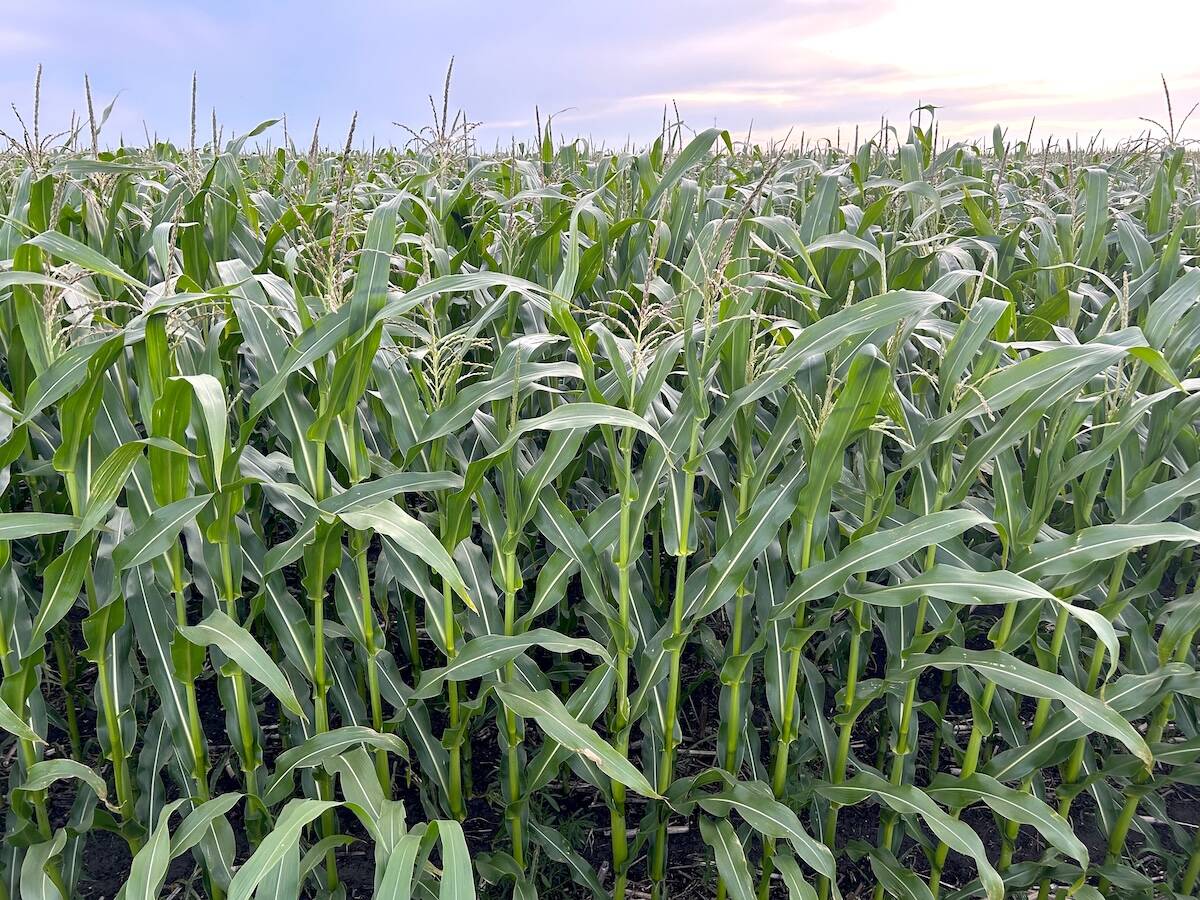MarketsFarm — Western Canadian wheat bids were lower throughout during the week ended Thursday, with Canada Western Red Spring wheat seeing the largest declines.
Statistics Canada (StatCan) released its first model-based production estimates for 2023-24 on Tuesday. Based on data compiled up to July 31, StatCan estimated total Canadian wheat production at 29.472 million tonnes, at the lower end of trade estimates and 14.2 per cent less than in 2022-23.
Spring wheat production was projected at 22.102 million tonnes, nearly one million below the average trade estimate and 14.5 per cent lower than last year. Durum wheat was pegged for a 26.4 per cent drop in production at 4.259 million tonnes.
Read Also

Grain Farmers of Ontario joins Grain Growers of Canada
Grain Farmers of Ontario has officially joined with national group Grain Growers of Canada.
However, dry weather helped harvesting operations move forward on the Prairies with 18 per cent of Manitoba’s crop and 33 per cent of Saskatchewan’s coming off the ground, as of Sunday and Monday, respectively. Manitoba spring wheat was 32 per cent combined, while Saskatchewan’s was 26 per cent complete, as well as 48 per cent of the province’s durum crop. Eleven per cent of Alberta’s spring wheat crop was off the ground as of Aug. 22. The province’s latest crop report was released Friday.
With little news regarding the Russia-Ukraine war, harvest pressure and the influx of Russian wheat on the world market pulled wheat futures on the Chicago Board of Trade (CBOT) downward. Agriculture consultancy IKAR raised Russia’s wheat production forecast by 1.5 million tonnes to 91 million, with a two million-tonne increase in exports to 49.5 million. Turkish President Recep Tayyip Erdogan and Russian President Vladimir Putin are to meet in Sochi, Russia on Monday to discuss Black Sea grain exports.
CWRS prices fell $10.80-$18 per tonne, according to price quotes from a cross-section of delivery points compiled by PDQ (Price and Data Quotes). Average prices were between $322/tonne in northeastern Saskatchewan and $344.20 in southern Alberta.
Quoted basis levels ranged between $51.90 and $74.10/tonne above the futures when using the grain company methodology of quoting the basis as the difference between U.S. dollar-denominated futures and Canadian dollar cash bids.
Accounting for exchange rates and adjusting Canadian prices to U.S. dollars, CWRS bids were from US$237.90 to US$254.30/tonne. Currency-adjusted basis levels ranged from US$15.70 to US$32.10 below the futures. If the futures were converted to Canadian dollars, basis levels would be $11.60-$23.80 below the futures.
Meanwhile, Canada Prairie Spring Red (CPSR) prices dropped $14.20-$15.60/tonne. The lowest average bid for CPSR was $304.40/tonne in southeastern Saskatchewan, while the highest average bid was $323.60 in southern Alberta.
The average prices for Canada Western Amber Durum (CWAD) were $9-$15.60 per tonne higher with bids between $505.20 in northeastern Saskatchewan and $519.60 in southwestern Saskatchewan.
The December spring wheat contract in Minneapolis, off of which most CWRS contracts are based, was quoted at US$7.6675 per bushel on Thursday and 32.5 U.S. cents lower than the previous week.
Kansas City hard red winter wheat futures, traded in Chicago, are more closely linked to CPSR in Canada. The December K.C. wheat contract was quoted Thursday at US$7.2725/bu., down 35.25 U.S. cents.
The December Chicago Board of Trade (CBOT) wheat contract lost 29.75 U.S. cents from the previous week at US$6.02/bu.
The Canadian dollar was slightly stronger, gaining 0.18 of a U.S. cent to close Thursday at 73.9 U.S. cents.
— Adam Peleshaty reports for MarketsFarm from Stonewall, Man.














